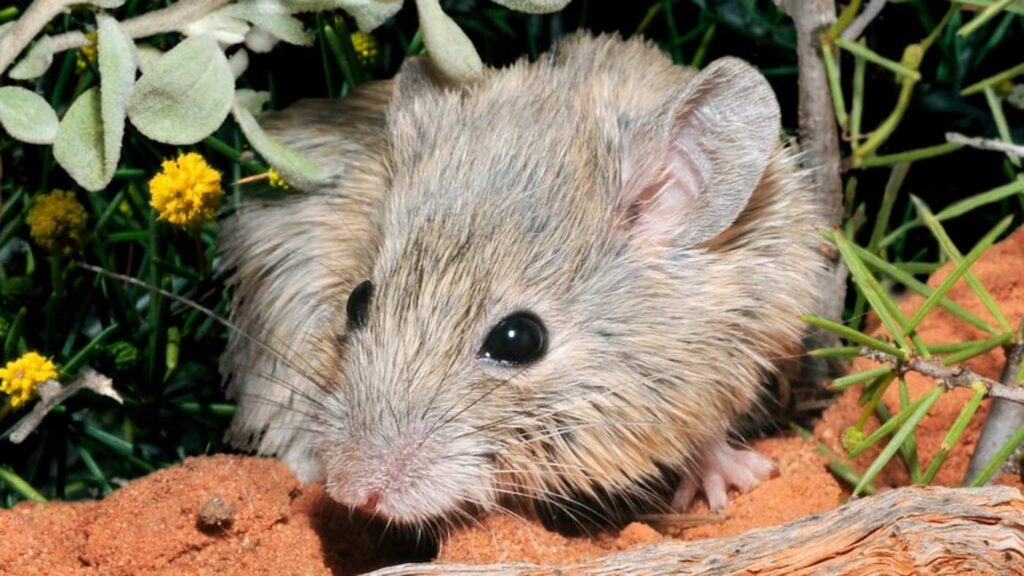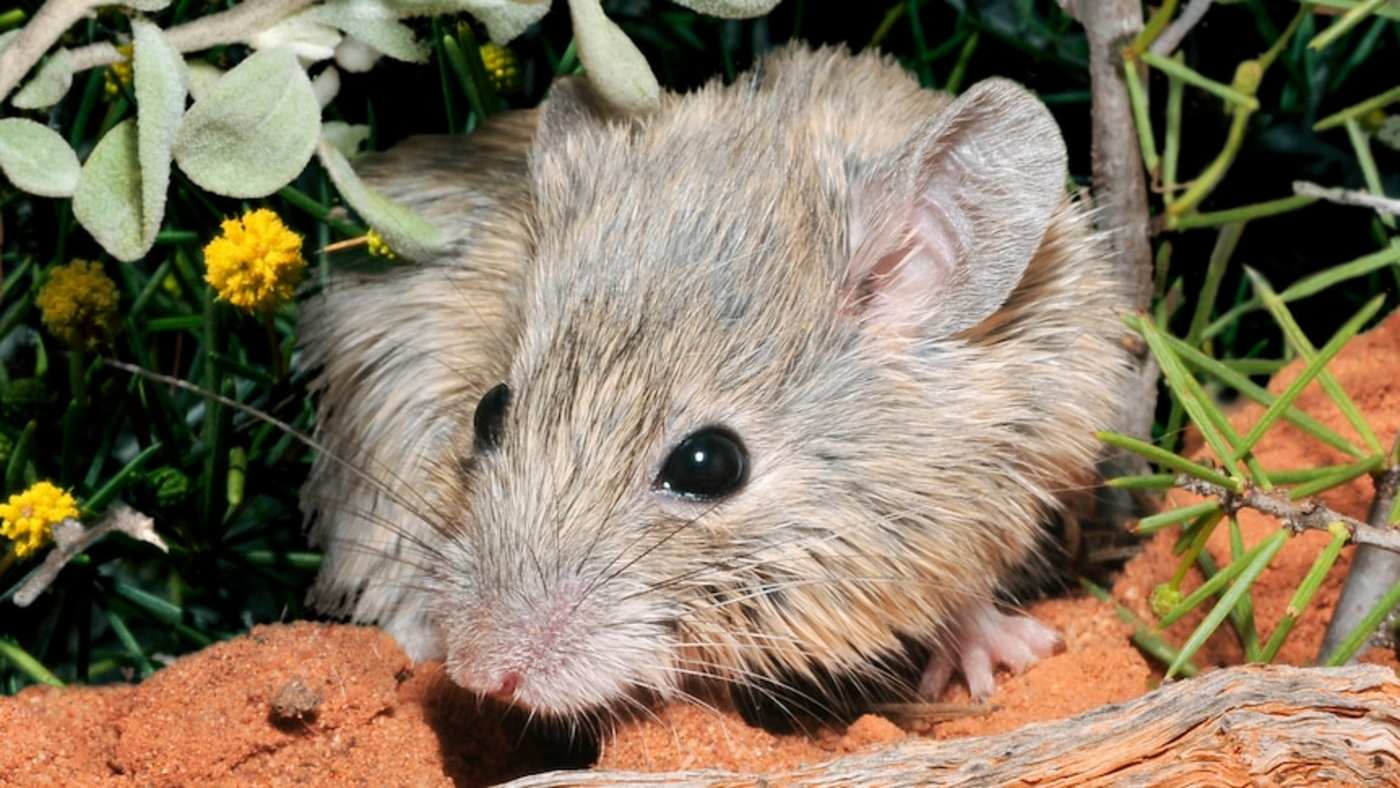
It must have been a shock when Emily Roycroft’s computer began telling her the mouse that has been recorded as extinct for over 100 years was alive and sitting on her very desk.
“I was quite surprised, extinction usually doesn’t offer second chances,” Roycroft admitted to ABC Australia.
The nation has the highest rates of endangered mammals on Earth, but Australia’s endemic rodent population is still more diverse that anywhere else in the world. However many species became endangered or extinct after colonists, or rather the animals onboard their ships, arrived from England.
Gould’s mouse was once thought to be such a casualty, and it was a simple investigation into how this came, or was supposed to have come, to pass that revealed the error.
Using a variety of different specimens from museums and close living relatives, Dr. Roycroft and her colleagues began examining the genetic record of the shaggy-haired, black-eyed mouse and other extinct rodents to see how genetically diverse the populations were at the time before their extinction.
MORE: New Australian Marine Parks Will Protect an Area Twice the Size of the Great Barrier Reef
A genetically-diverse record would suggest that they died off suddenly, as a result of a disease or natural disaster, while a poor genetic record would suggest overhunting by predators like cats and foxes. The pace of the change would also indicate how many years the decline took.
It was the latter that proved the case for Gould’s mouse, but something else appeared in the data collected by Roycroft, and that was the fact that the DNA of the Shark Bay mouse was not similar, but identical to that of Gould’s mouse.
This was a double surprise, first that the two were the same, and secondly because the Gould’s mouse specimen was collected from a museum in New South Wales, 4,000 kilometers (2,800 miles) from Shark Bay island. The hypothesis was that before it became an island, it was part of the continent, and as sea levels rose they trapped the mice there thousands of years ago.
ABC added the two-cents of Dr. Euan Richie, who wasn’t involved in the research, but who works as a wildlife ecologist at Deakin University and considered it “fantastic news.”
RELATED: Scientists Discover a New Brown Species They Named the ‘Chocolate Frog’ – And it’s Adorable
“Given this species occurs in such an isolated and single location, establishing captive breeding colonies and additional wild populations should be a priority,” he said.
CONSERVE the Good News From Down Under—Share This Story With Friends…




















